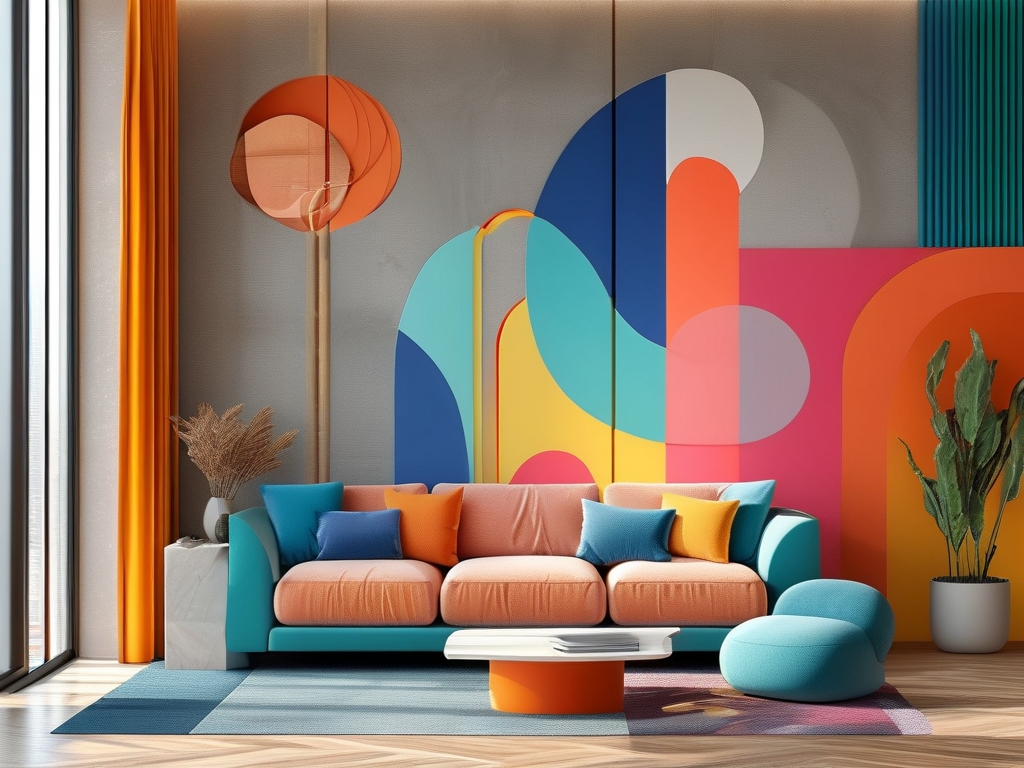Delivering interaction design effectively is a critical yet often underestimated phase in product development. It bridges the creative vision of designers with the technical execution of developers, ensuring that user-centric experiences are faithfully translated into functional products. This article explores actionable strategies for interaction designers to streamline their delivery process, foster collaboration, and mitigate common pitfalls.

1. The Importance of Clear Design Deliverables
Interaction design deliverables act as a "single source of truth" for cross-functional teams. These include:
- Interactive Prototypes: Tools like Figma, Adobe XD, or Proto.io allow designers to demonstrate micro-interactions, transitions, and user flows.
- Design Specifications: Detailed annotations for spacing, animations, and responsive behaviors.
- User Flow Diagrams: Visual mappings of decision trees and error states.
- Design Systems: Reusable UI components with documented interaction patterns.
Without precise deliverables, developers may misinterpret intent, leading to inconsistencies or rework. For example, a poorly annotated button state (e.g., hover vs. active) could result in inconsistent implementation across platforms.
2. Collaborative Workflows for Design Handoff
Modern tools have revolutionized design handoff:
- Figma’s Dev Mode: Developers inspect designs directly, extract CSS code, and measure spacing without switching contexts.
- Zeroheight: Integrates design systems with documentation for easy reference.
- Jira Integration: Linking design files to specific tickets ensures alignment with Agile workflows.
However, tools alone aren’t enough. Designers must:
- Host Kickoff Meetings: Align on technical constraints (e.g., platform limitations) early.
- Provide Context: Explain the "why" behind interactions to avoid mechanical implementation.
- Version Control: Use branching in design tools to track iterations and avoid confusion.
3. Bridging the Empathy Gap
Developers and designers often prioritize different metrics—functionality vs. aesthetics. To harmonize this:
- Co-creation Sessions: Invite developers to brainstorming workshops to foster ownership.
- Prototype Testing: Jointly observe user tests to highlight how interaction nuances impact usability.
- Feedback Loops: Schedule weekly syncs to address ambiguities in real time.
A case study from Spotify illustrates this: Their designers and engineers co-created a motion design library, reducing implementation time by 40% while maintaining brand consistency.
4. Documentation: The Unsung Hero
Comprehensive documentation prevents knowledge silos:
- Interaction Logic Tables: Outline triggers, conditions, and outcomes (e.g., "On scroll, load cards if network is stable").
- Edge Case Playbooks: Define error handling for scenarios like slow internet or invalid inputs.
- Accessibility Guidelines: Specify keyboard navigation, screen reader compatibility, and contrast ratios.
Tools like Notion or Confluence centralize this information, making it searchable and updatable.
5. Overcoming Common Challenges
- Scope Creep: Use versioned prototypes to track changes and enforce sign-offs.
- Tool Fragmentation: Standardize on one platform (e.g., Figma) to reduce friction.
- Cultural Misalignment: Advocate for shared KPIs, such as "user task success rate," to unite teams.
6. The Future of Design Delivery
Emerging trends like AI-powered design assistants (e.g., Galileo AI) and AR/VR prototyping tools are reshaping handoffs. However, the core principles remain: clarity, collaboration, and empathy.
In , delivering interaction design is less about handing off files and more about fostering a shared language between disciplines. By combining robust tools, proactive communication, and empathy-driven processes, designers can ensure their visions materialize as impactful, user-loving products.

